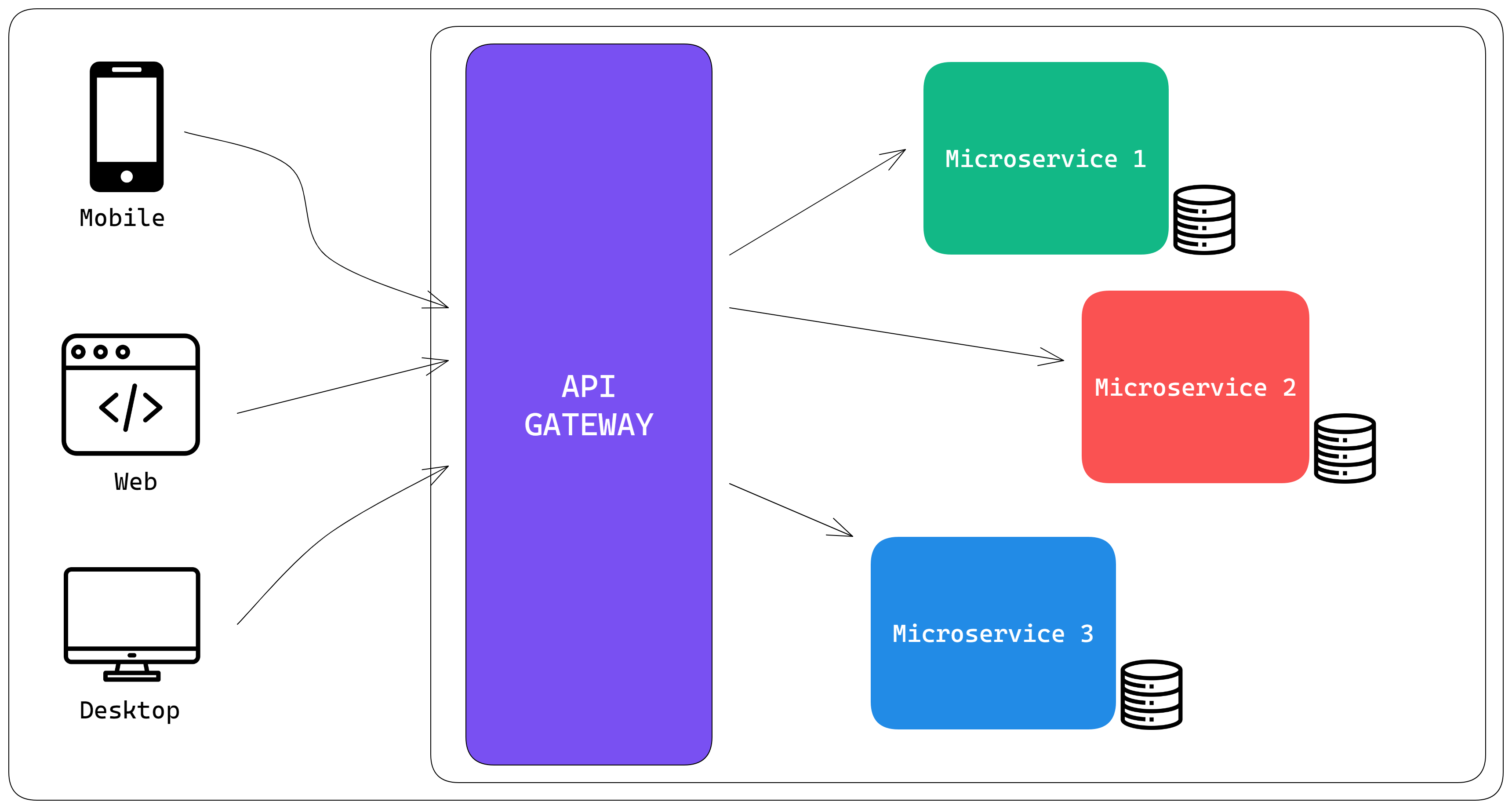Microservices with Spring Boot : What is an API Gateway?
An API (Application Programming Interface) gateway is a server that acts as an entry point for a collection of microservices or backend services. It provides a centralized point for managing, monitoring and securing APIs exposed by these services to external clients.

API gateways offer a variety of features that simplify the development and management of APIs. For example, an API gateway can provide authentication and authorization for APIs, rate limiting, caching, and routing requests to specific services based on their URL paths or other criteria.
API gateways also make it easier to evolve and version APIs, as they can handle requests from different versions of clients and route them to the appropriate backend service. They can also perform transformations on the data returned by backend services, such as converting it to a different format or adding additional metadata.
API gateways play a critical role in modern software architecture, especially in distributed systems where multiple microservices are working together to deliver a particular application or service. Let's take a deeper look at the features of an API gateway and explore some common use cases.
Features of an API Gateway
Here are some of the key features of an API gateway:
Routing: An API gateway routes requests to the appropriate microservice based on the URL path or other criteria. This allows the client to interact with the microservices without having to know their exact location or implementation details.
Load Balancing: An API gateway can distribute incoming traffic across multiple instances of a microservice to improve performance and scalability. This helps ensure that no single instance is overwhelmed with requests and that the service as a whole can handle a high volume of traffic.
Security: An API gateway can provide security features such as authentication and authorization to protect the microservices from unauthorized access. It can also enforce security policies such as rate limiting, IP blocking, and data encryption.
Monitoring: An API gateway can provide real-time monitoring of the microservices, allowing you to track traffic patterns, identify bottlenecks, and troubleshoot issues quickly.
Caching: An API gateway can cache responses from the microservices, reducing the overall response time and improving the performance of the application.
Transformation: An API gateway can transform data between the client and the microservices, converting data formats or adding metadata to the response.
Versioning: An API gateway can support multiple versions of an API, allowing clients to access the correct version of the API based on their needs.
Use Cases
Here are some common use cases for an API gateway:
Aggregation: An API gateway can aggregate data from multiple microservices into a single API, simplifying the client's interaction with the backend services.
API Management: An API gateway can provide a centralized location for managing and monitoring all of the APIs exposed by the microservices. This can include features such as versioning, documentation, and analytics.
Security: An API gateway can provide a secure entry point to the microservices, enforcing security policies such as authentication and authorization, and protecting against attacks such as denial-of-service and SQL injection.
Scaling: An API gateway can help distribute traffic across multiple instances of a microservice, allowing the application to scale horizontally to handle high volumes of traffic.
Performance: An API gateway can cache responses from the microservices, reducing the overall response time and improving the performance of the application.
Monitoring and Analytics: An API gateway can provide real-time monitoring and analytics of the microservices, allowing you to track traffic patterns, identify bottlenecks, and troubleshoot issues quickly.
Legacy System Integration: An API gateway can help integrate legacy systems into a modern microservices architecture, allowing you to expose APIs from the legacy systems without having to modify their underlying implementation.
Overall, an API gateway can simplify the development, management, and scaling of microservices-based applications by providing a centralized point of control and visibility for all of the APIs exposed by the microservices.
I hope you found the article useful.
Let's connect :
Happy Coding :)
